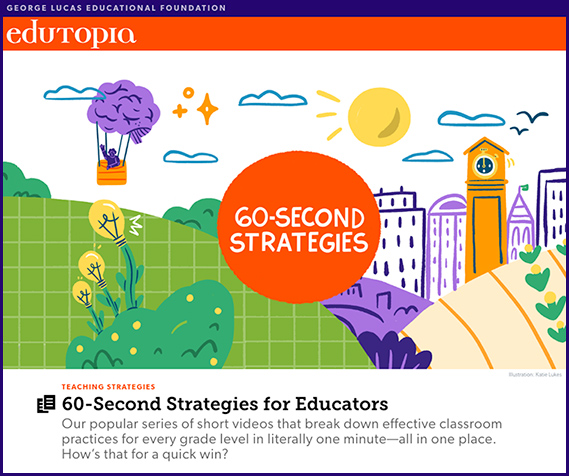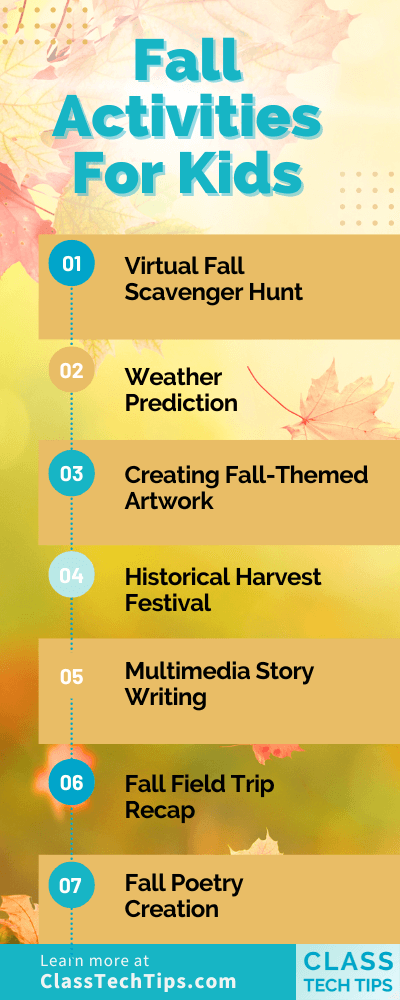A three-headed monster — from rtalbert.org by Robert Talbert
The more I look around higher education, the more clearly it seems to me that there are three practices which we carry out every day – which seemed baked right into the very DNA of our current system of higher education – that are inimical to the actual purpose of higher education. Those practices are:
- Lecturing,
- Traditional grading, and
- Student evaluations of teaching.
Before you get upset, let me say: I don’t think any of these practices is “evil”, and my understanding of the history of education says that all three were developed with good intentions, for legitimate reasons, to solve real problems. (With the possible exception of student evaluations of teaching – I’m working on trying to figure out where these came from and why they were invented.) But regardless of the background and intentions, they have taken over higher education like an invasive species.
Americans Value Good Teaching. Do Colleges? — from chronicle.com by Beth McMurtrie
“If you looked at the average person outside of higher education and said, you know, ‘We’ve created a culture in higher ed where our core thing we do isn’t valued,’ that makes absolutely no sense,” says Amy Hawkins, assistant provost for teaching and academic leadership at the University of Central Arkansas, which has been working to change that dynamic on campus. “It would be like saying in a company, ‘Well, customer service isn’t really a big deal to us. We’re about product development. We treat our customers like crap.’ I mean. That’s nonsensical.”
Does the public know this? And does it care?
Surveys show that what the public values most about higher education is good teaching and meaningful learning.
What makes an effective microcredential programme? — from by Temesgen Kifle
Short, flexible and skills-focused, microcredentials must balance the needs of students and industry. Here are tips on how to develop courses that achieve this
Here are tips for higher education institutions (HEIs) to consider when creating and delivering microcredential programmes so they meet the needs of all stakeholders.
- Collaborate with accrediting bodies, employers and other HEIs
- Develop curricula with specific learning outcomes
- Review and update programmes regularly
- …and others mentioned here
An introduction to creating escape rooms — from timeshighereducation.com by Bernardo Pereira Nunes
Bernardo Pereira Nunes offers tips on how to get started on an escape room experience that will boost students’ teamwork, leadership, communication and problem-solving skills
Are you saving enough for college? Here’s what to know — from npr.org by Cory Turner
But I’ve also been hearing one intriguing question, over and over, that isn’t directly about loans or repayment, so much as it is about how to avoid them entirely. And it’s coming from parents of kids who’ve not yet traded in their sticker collections for student loans.
“I’ve got one little guy who’s about six years old,” Caleb Queern, of Austin, Texas, told me recently. “And my questions are, number one: How much should we be saving between now and the time my little guy is ready for college? And number two: What’s the best way to save for it?”
The Power of New Value Networks in Revolutionizing Education Systems — from michaelbhorn.substack.com by Michael B. Horn
Is school transformation possible without replacing the existing education system? In addition to Tom, Kelly Young of Education Reimagined joined me to argue that it’s not. In an educational landscape that constantly seeks marginal improvements, my guests spoke to the importance of embracing new value networks that support innovative approaches to learning. The conversation touched on the issue of programs that remain niche solutions, rather than robust, learner-centered alternatives. In exploring the concept of value networks, they both challenged the notion of transforming individual schools or districts alone. They argue for the creation of a new value network to truly revolutionize the education system. Of course, they admit that achieving this is no small feat, as it requires a paradigm shift in mindset and a careful balance between innovation and existing structures. In this conversation, we wrestle with the full implications of their findings and more.












